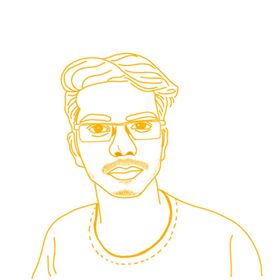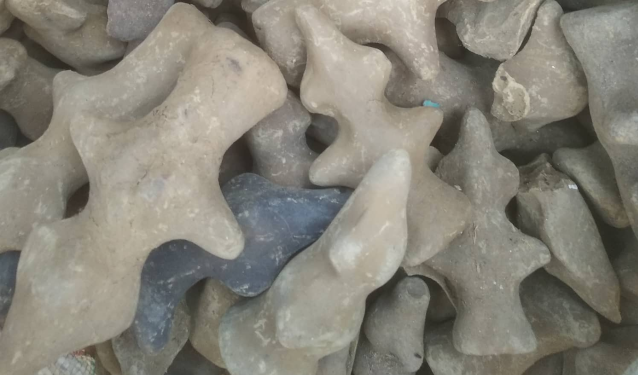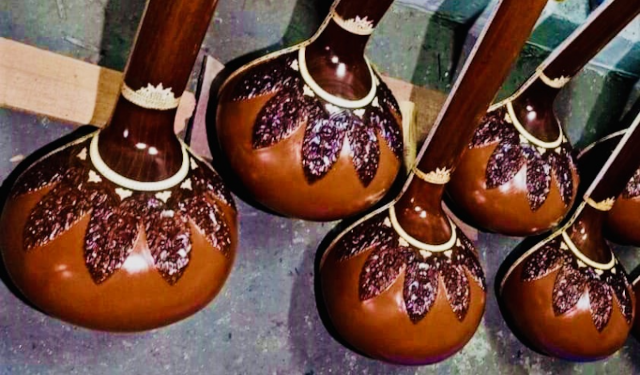The lacquer craft in Balasore in said to be generally 250 years ago. The lacquer, root of the word in the Sanskrit word Laksha meaning ‘one hundred thousand’. Which was used for both the lacquer insects. The term lacquer originates from Portugues word Lac, the type of resin excreted from certain insects. French word ‘Lacre’ a kind of sealing wax.Lac meaning to cover or coat with lacquer. Its also known as ‘ Palanksha’ and ‘Jatu’ in Sanskrit. ‘Jau’ in Odia ‘Laha’ in Bengali. Lacquer art bears the aroma of Indian ethnicity. Lacquer craft is the application of lacquer on wood, clay, metal in pleasing shades, and colors
History of the craft
Lacquer in linked with Indian culture and religion. We found the lacquer that in Indian mythology as in ‘Mahabharata’ (Jatugriha Parva). Indian culture in the form of women using lacquer color as ‘Alata’ for feet and filling of the hollow cavity of traditional ‘Kangan’ made of gold or silver worn by Indian women.In Indian culture lacquer bangles from a component in marriage ceremony especially in West Bengal, Odisha, Bihar, Jharkhand, Uttar Pradesh, Rajasthan.

Vedic period Mythologocal period Mughal period
Vedic period: The Ayurveda, one Upaveda of Atharva Veda has mentioned it and medicinal property. In Bhava Praksha Nirghanta Lacquer is described to have a medicinal property to cure cough, cold, fever, pimple, skin disease, and used for glowing skin. Mythological period : We know well about the ‘Jatugriha’ mentioned in ‘Jatugriha Parva’ of ‘‘Mahabharatha’’. Where a house-made using ‘Jatu’ (lacquer) was to be burnt to done away with Pandav’s.Hence its give a clear view that the civilization was capable of using lacquer technology knowing its physical and chemical properties. Moghul period: I have information that lacquer is mention in ‘Aain-E-Akbar’ written by Abdul Fazal in 1950 AD.

The Sankhari, Traditional lacquer Artisan Of Balasore Three families are associated with the history of the Lacquer Doll. One is Sen Family, another is Dutta family and third is Chand family. The ancestor of the family was doing the job there as their occupation. Next-generation of the families is no able to properly identify their ancestors though they have preserved the sweet memories of making lacquer doll in the core of their heart. These three families were near the Budha Kartika in Barabati area The present generation of the families are now residing at Barabati and Nalamganj. The following genealogy comes to knowledge from the physical survey. Hence if anyone has accepted the making of Jau Kandhei (Lacquer Doll) as the family occupation to date, She is the one and only Sabitri Nandi’s family.


 Raw Materials, Tools and Equipments for lacquer craft
Raw Materials, Tools and Equipments for lacquer craft